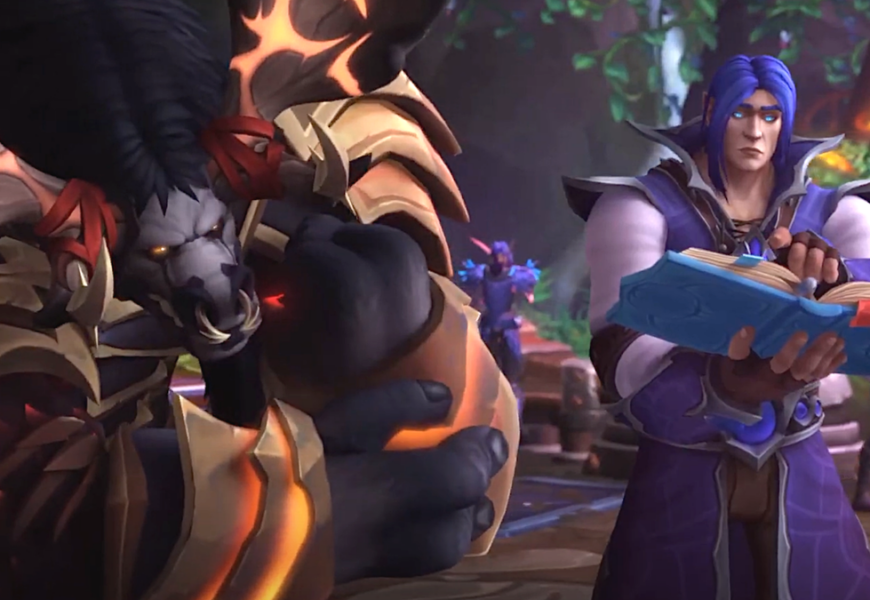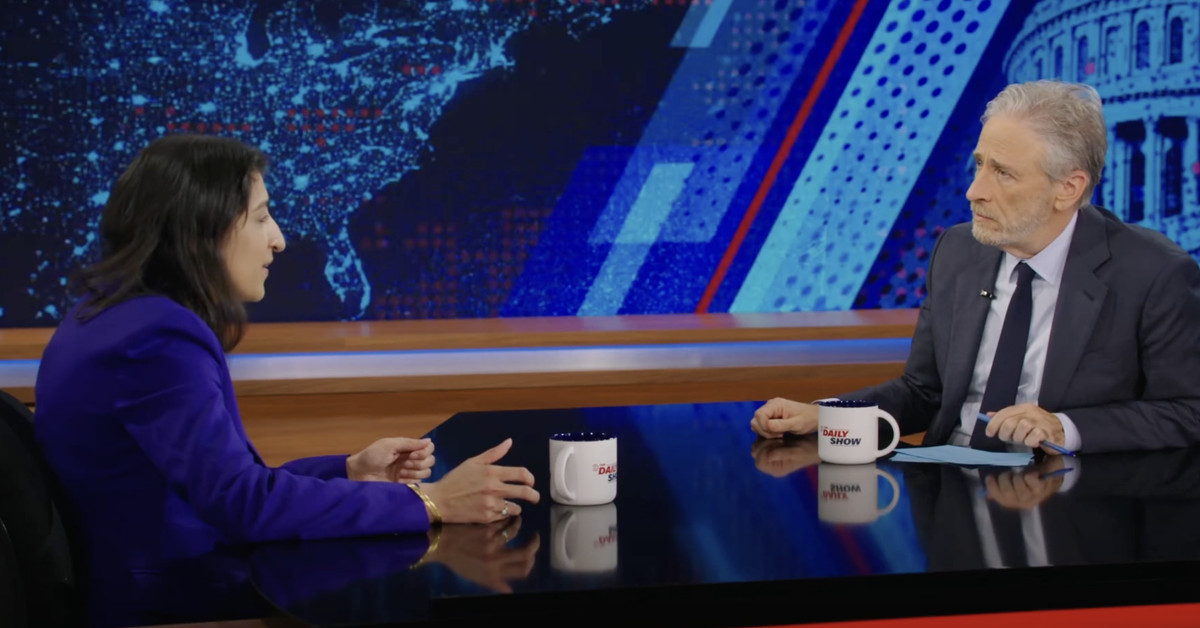Generative artificial intelligence (AI) in the gaming industry has been a complex and contentious topic in recent years. While there have been experiments that have unsettled artists and writers, the consensus so far is that AI falls short in replicating the intricate nuances of human creativity.
One notable advancement in this field is Ubisoft’s “Neo NPCs,” which seems to embody the flawed concept of creating a game with endless playability—a notion that may not be a genuine necessity despite its sci-fi allure.
A significant concern looming over the horizon is the potential threat to human creatives such as artists, writers, and voice actors, jeopardizing their means of livelihood. It is disheartening that the current focus of AI development seems misdirected, considering that there are valuable applications of machine learning that could complement and assist artists rather than replace them.
Contrary to fully embracing the Generative AI trend, World of Warcraft (WoW) seems to be taking a more cautious approach. Franchise director John Hight, in a discussion with IGN at GDC, emphasized the importance of preserving the creative input of artists within the team. He acknowledges the apprehensions of artists regarding AI potentially displacing them from their roles, emphasizing the need for proper credit and permission for the use of their work.
While Blizzard is still navigating the complexities of rights issues and the extent of technology utilization, Hight affirms that WoW is not currently integrating generative AI. However, the door remains open for machine learning applications. It is crucial to differentiate between generative AI, focused on creating content, and using machine learning for streamlining processes. The latter aligns more with the automation tools already familiar to artists and developers, akin to shaders, textures, or brushes.
One practical example of machine learning enhancing creativity is the utilization in the production of the acclaimed movie “Into the Spiderverse” in 2018, where it facilitated the creation of intricate comic book visuals.
In WoW’s context, machine learning has been leveraged to streamline the process of adapting new armor sets to the diverse body shapes of the game’s races. This approach has significantly reduced the tedious manual adjustments required by artists, allowing for more diverse armor variations to be efficiently implemented.
Although Blizzard’s recent patent filing for AI development based on internal work raises some concerns, Hight’s skepticism towards generative AI provides a semblance of reassurance. Despite the potential evolution of generative AI capabilities in the future, for now, the immediate worry of AI encroaching on the creative sanctity of Azeroth seems unfounded.










